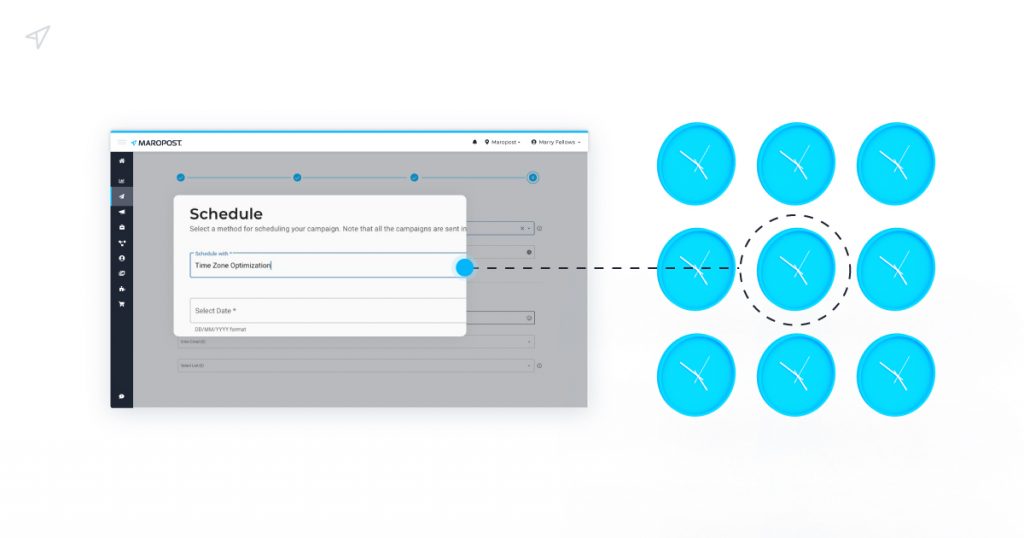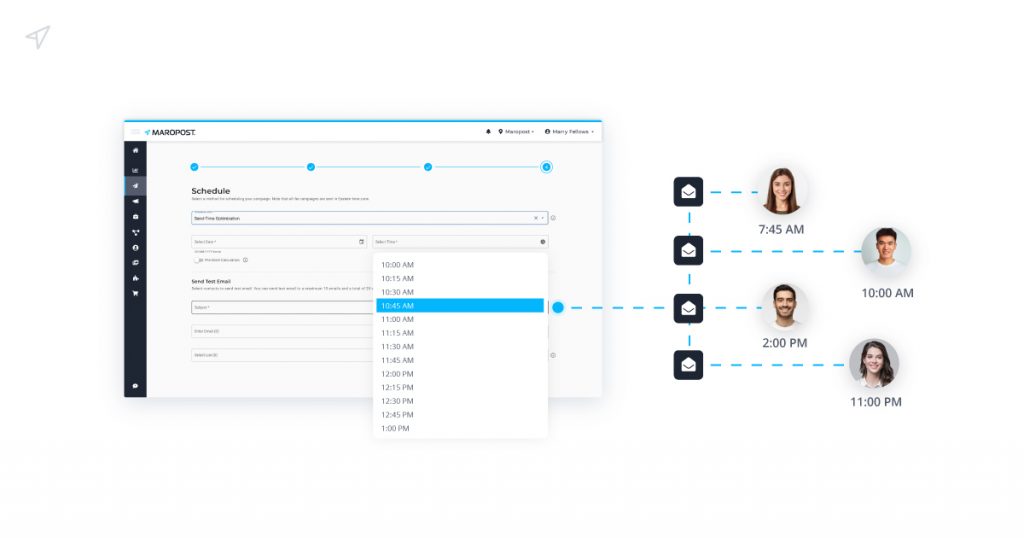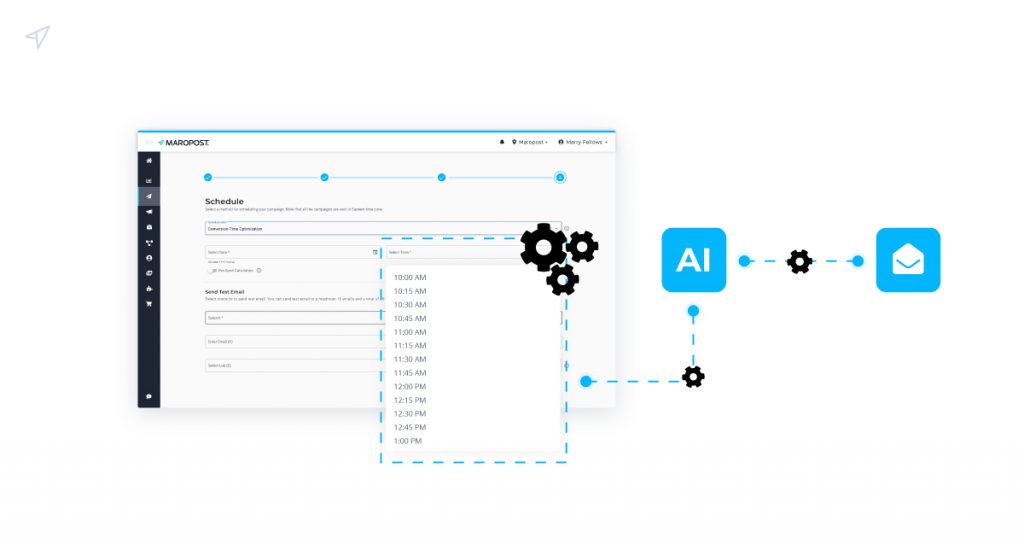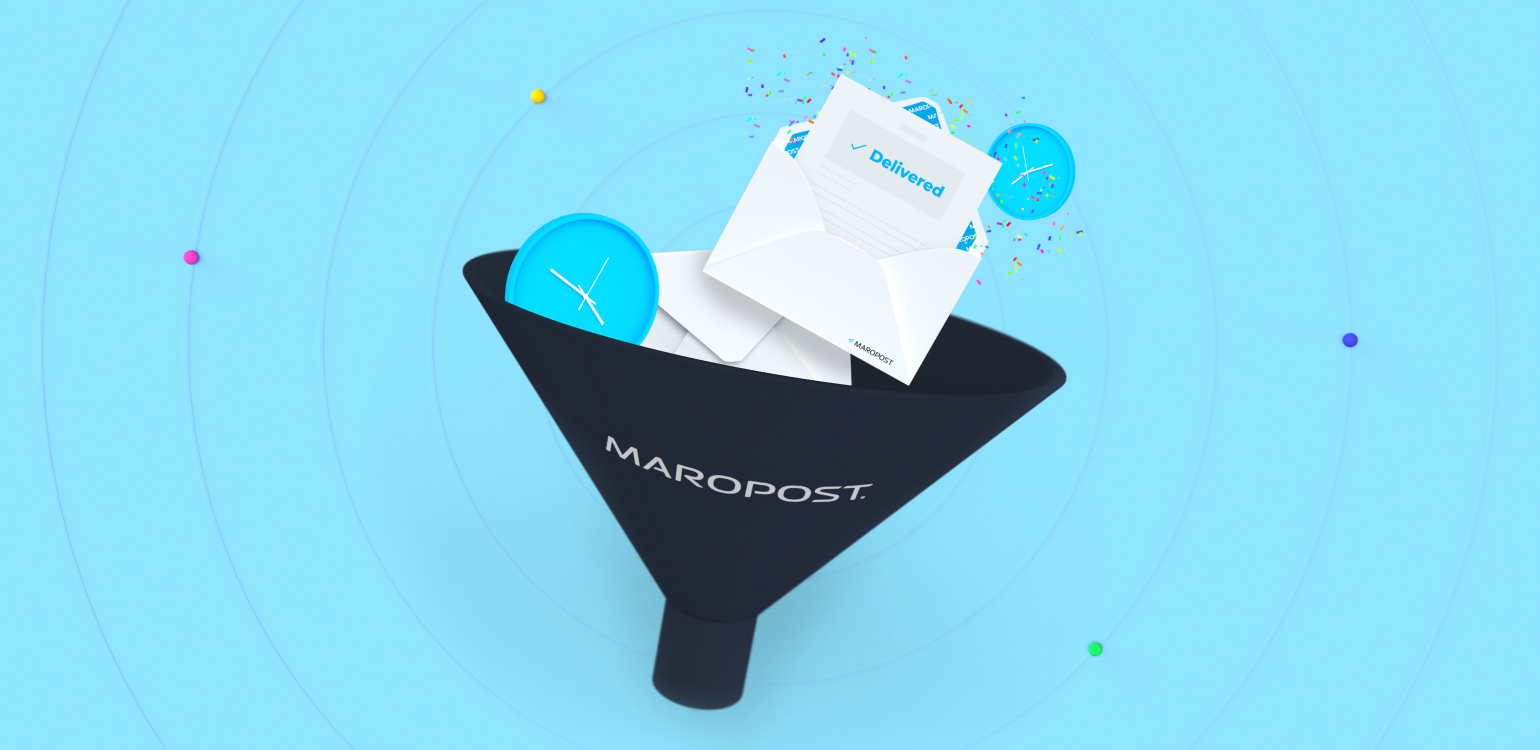Email Marketing is an integral part of online marketing for most successful companies. This not just because it is one of the oldest forms of marketing but also because it offers the highest return on investment compared to others when done strategically. More than 20% of companies reported an ROI as high as 70:1 while the average ROI was $38 for each dollar spent according to the DMA National client report.

An important step in executing your email campaigns strategically will include tracking your conversion rate as this is the ultimate goal of all marketing efforts. And if you’re in ecommerce, this would mean your sales conversion rate. This is because unlike other businesses in other industries you are not cold mailing when you send out emails.
Your emails go to your warm audience, that is, those who already know you through social media, signed up on your website or made a purchase. So, you are leaving money (a whole of it) on the table if you treat your emails as just another marketing channel instead of a sales conversion channel.
That’s why in today’s blog post we will be sharing three strategies to help you optimize your email marketing for a high conversion rate.
1. Time zone optimization
2. Send time optimization
3. Conversion time optimization
1. Time zone optimization
It is a common knowledge that the time an email campaign is sent out is one of the factors that determine whether or not the emails will be opened let alone read. So, a no-brainer solution would be to send out emails to a small section of your list and see what time you have the most clicks.
While this might work if your audience are all in the same city or country, things get a little tricky when you serve a global audience. Think about it, how many people will read emails sent between 1am – 6 am? Not many as you may have guessed.

Unfortunately, this is what some companies do. They simply just batch and blast their emails without considering the local time zones of their subscribers. For instance, an email is sent around 12pm in New York City but reaches the inboxes of customers in Australia around 2am and by the time most of them wake up the email is lost in the clutter.
You simply can’t afford to overlook this if you want to run successful email campaigns. An email, no matter how good it is, is of no use if it is not read. So, to avoid this you must ensure your emails are sent in your subscribers’ time zone and with the right email marketing tool you can achieve this with a few mouse clicks.
So that, if you schedule an email to be sent out by 9am, regardless of the different countries or continents your subscribers may reside in, they will receive the email at 9am in their time zone. Thus, ensuring they get your emails at the time you want thereby increasing open rates, click-through rates and consequently sales.
2. Send time optimization
People read their emails at different times and it is impossible to get them all to read the emails at the same time because they live differently. So, whereas with time zone optimization you send out emails at a time most of them are likely to read them, however with send time optimization you can personalize each subscriber’s experience by sending the emails at a time they are mostly likely to engage.

This process uses advanced technologies like artificial intelligence and data science to build a profile for each email address based on past engagement behaviours and interactions. Sometimes these engagements may not have been with your brand directly but with other brands that share the same email service provider (ESP) with you.
The goal is to ensure your email drops when your audience is most responsive, that is, when they are viewing their email so that you can stay on top of their minds by being on top of their inboxes. So regardless of when you send the email, the language, location or time zone your emails will only be delivered to each member of your email list when they are most likely to respond.
3. Conversion time optimization
Conversion time optimization can be seen as a more advanced form of send time optimization because it also uses artificial intelligence and machine learning to analyze customer interaction with their emails and automatically determine when it’s best for your emails to be delivered. The difference here, however, is that the algorithm gives more weight (or emphasis) to “buying behaviours” that happen via emails.
In others words, this optimization process does not just track when your subscribers read their emails but more specifically when they make purchases. For instance, a customer may have the habit of reading emails on the bus while going to work every morning to catch up on all latest information before the day’s work starts but have no intention of making any purchase decisions as he would prefer to do that in the evenings when he is home and settled.

If you rely on send time optimization alone, both your education and sales email will be sent to such a customer in the morning and there are less chances he will buy at that time. But with conversion time optimization, he will receive your emails at the time of the day when he’s mostly to buy.
So, whereas send time optimization will ensure your message gets seen as such makes it invaluable for sending out educative emails, milestone emails and newsletter, conversion time optimization is best suited for promotional emails, new product announcement etc
Conclusion
Gone are the days when the inclusion or exclusion of certain keywords in an email guarantees that it will land in your customer’s inbox. Spammers learnt those words too so email service providers had to evolve.
The fail-proof way to ensure email service providers deem your emails inbox-worthy is to have a high engagement rate and you can’t achieve that if you don’t have an email marketing tool that enables you to adopt any of the three optimization strategies as the occasion demands.
The conversion time optimization is particularly important to ecommerce store owners, but unfortunately very hard to find among other email marketing solutions out there. Guess what? Our Marketing Cloud product comes with it! Get in touch today if you want to see these features in action!
Need to chat about your email marketing strategy?
More than 10,000 marketers use Maropost to engage with their prospects and customers through emails, SMS, social media and more. We’re here to help you grow your business!
Chat Now